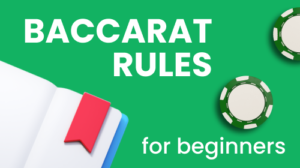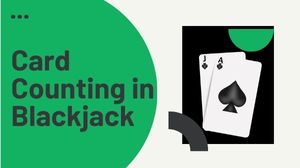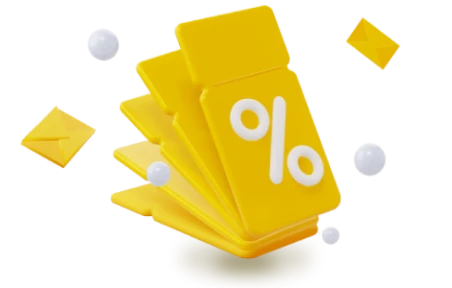Key Strategies to Boost Your Chances with Scratch Cards
Scratch cards are simple, quick, and exciting — you reveal the outcome in seconds. But they’re also games of chance. There’s no system that turns them into a guaranteed profit. What you can do is choose smarter, manage your budget, and avoid common mistakes so the experience stays fun and affordable.
How Scratch Cards Work (and Why Odds Matter)
Each card hides symbols or numbers under a latex coating. Match what the rules require, and you win a listed prize. The odds of each prize are set in advance by the lottery or issuer and published on the back of the card or on the official website.
- Overall odds: Chance of winning any prize (often around 1 in 3–5, depending on the game).
- Prize tiers: Many small prizes, fewer large prizes, and very long odds for top jackpots.
- Payout rate: Portion of ticket sales returned as prizes over time (not every player’s outcome).
Choosing the Right Scratch Cards
Picking tickets isn’t just about the theme. A few practical checks can make your spend go further.
- Check the odds: Prefer games with better overall odds if you want more frequent small wins.
- Review remaining prizes: If your provincial lottery lists unclaimed prizes, look for games with many big prizes left.
- Price vs. prize table: Higher-priced cards often have bigger prizes and sometimes better payout schedules — but confirm on the back of the ticket.
- Play what you enjoy: If the theme and bonus mechanics keep you engaged, you’re less likely to overspend chasing a “boring” card’s big prize.
“Proven Secrets” (Explained Honestly)
You’ll hear a lot of lore about how to beat scratch cards. Here’s what actually helps — and what to be careful with.
- Read the fine print: Confirm odds, prize tiers, and expiry dates before you buy.
- Buy in small sessions, not big bursts: Bulk buying increases spend and variance, not your true expected value. If you do buy several, stick to one game so results mirror that game’s odds.
- Track your tickets: Keep a simple log (date, game, price, result). It curbs impulse buys and shows your real cost of play.
- Recheck “losers”: Scan or re-scan tickets using the official app; small prizes are easy to miss.
- Ignore store “hot tips”: Clerks don’t know where winners are; distribution is designed to be random.
- Singleton & pattern myths: Printing methods have evolved; visual “tells” are unreliable and can violate rules. Don’t risk it.
Budget Management That Actually Works
The biggest edge you have is control over how much and how often you play.
- Set a fixed budget: Weekly or monthly, using money you can afford to lose.
- Separate funds: Use a dedicated e-wallet or cash envelope. When it’s empty, you’re done.
- Log wins/losses: A simple note on your phone keeps the hobby honest.
- Avoid chasing losses: Past results don’t change your next ticket’s odds.
Advanced Approaches (For Regular Players)
If scratch cards are part of your routine, use structure to keep it sustainable.
- Consistency over spurts: Many small sessions beat rare large splurges for most budgets.
- One game at a time: Sticking to a single title helps you compare outcomes to its posted odds and prize table.
- Set stopping rules: Example: “Quit after a $20 win or after 3 tickets — whichever comes first.”
History & Evolution (Quick Look)
Modern scratch cards took off in the 1970s with computer-generated instant games. Today they span dozens of themes and price points, both at retail and online. Despite the variety, the core remains the same: instant results and prize structures designed around fixed probabilities.
Myths vs Facts
Scratch cards have inspired plenty of myths over the years, many of which can lead players into false expectations. By separating fact from fiction, you can approach the game with a clearer understanding and avoid chasing strategies that don’t work.
- Myth: Certain stores sell more winners.
Fact: Distribution aims for randomness; location isn’t a reliable edge. - Myth: Time of day affects luck.
Fact: It doesn’t. Outcomes are independent of time and place. - Myth: Patterns on the latex reveal winners.
Fact: Modern production reduces such tells; relying on them can breach rules.
When to Play — and When to Stop
Part of playing scratch cards sustainably is knowing the right moments to participate and recognising when it’s time to step back. Timing and self-control play a big role in keeping the game a fun pastime rather than a financial or emotional burden.
- Play when calm: Avoid buying after stressful days or under pressure.
- Stop on schedule: Use clear time and money limits — then stick to them.
- Take breaks: Rotate with other entertainment so scratchers don’t become your default habit.
For more ways to protect your play and maintain balance, see our guide on overcoming problematic gambling behaviour.














